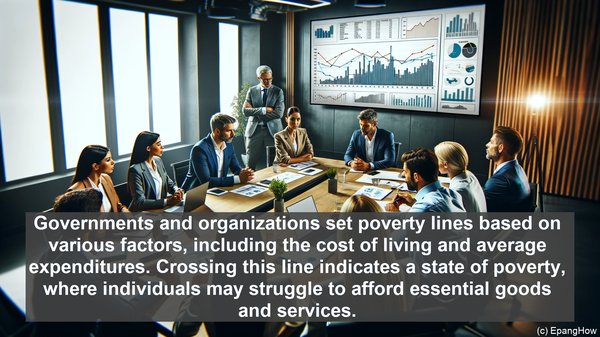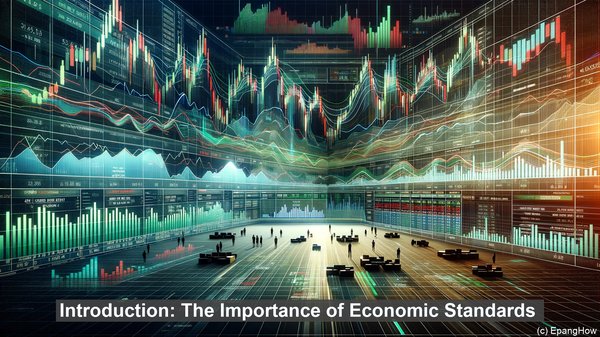Introduction: The Importance of Economic Standards
Hello everyone! In today’s article, we’ll be exploring the distinction between two vital economic benchmarks: the poverty line and the living wage. While both terms are often used interchangeably, they represent distinct concepts that play a significant role in understanding economic well-being. So, let’s dive in!
Defining the Poverty Line: A Measure of Deprivation
The poverty line is a threshold that determines the minimum income required for a person or household to meet their basic needs. It takes into account factors such as food, shelter, clothing, and healthcare. Governments and organizations set poverty lines based on various factors, including the cost of living and average expenditures. Crossing this line indicates a state of poverty, where individuals may struggle to afford essential goods and services.

The Living Wage: A Holistic Approach to Income
While the poverty line focuses on bare minimums, the living wage takes a more comprehensive approach. It considers not just basic needs, but also factors in other essential elements for a decent standard of living, like transportation, education, and even some discretionary expenses. The living wage is often calculated based on local conditions and aims to provide individuals and families with a level of income that allows for a reasonable quality of life, rather than just subsistence.

Key Differences: Scope and Purpose
One of the primary distinctions between the poverty line and the living wage lies in their scope. The poverty line is a measure of absolute poverty, indicating the bare minimum required for survival. On the other hand, the living wage is a relative measure, taking into account the prevailing economic conditions and societal expectations. While the poverty line is primarily used for statistical and policy purposes, the living wage is often employed as a tool for advocating fair wages and addressing income inequality.
Significance in Policy and Advocacy
Understanding the difference between the poverty line and the living wage is crucial for policymakers, as it helps in formulating effective strategies to combat poverty and ensure economic stability. Additionally, for organizations and activists working towards social justice, the living wage serves as a benchmark for fair compensation and equitable working conditions. By striving to meet the living wage, employers can contribute to a more just and inclusive society.
